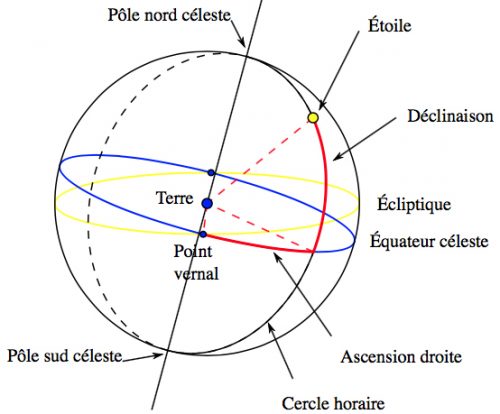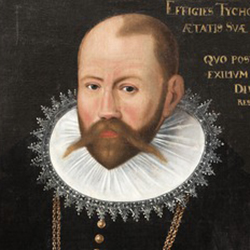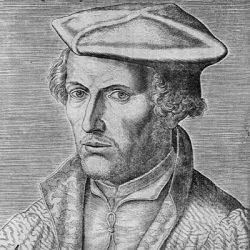Astronomical coordinates
- Tycho Brahe (1546-1601)
- Gemma Frisius (1508-1555)
For centuries the positions of stars were taken from the star catalogue in Claudius Ptolemy‘s Almageste and it was not until the late 1500s that the new observations of Tycho Brahe would be more accurate.
In the 16th century men of science like Gemma Frisius and his pupil, Gerardus Mercator, referred to star catalogues that all had one thing in common : the stars’ positions were described using a system of coordinates whose fundamental plane was the elliptic. On a celestial globe like the one produced by Frisius in 1537, the meridians were generally drawn from the north elliptic pole to the south elliptic pole and not, as in the case of Mercator’s terrestrial globe, from the north equatorial pole to the south equatorial pole.
Mercator’s celestial globe is one of the few examples that differs from the usage of its day by using a system of equatorial coordinates that sets the German-Flemish globemaker apart from other contemporaries. This was no small feat as Mercator applied his system to over a thousand stars. Experts suppose he had an effective method for converting the coordinates, suggesting that he used a universal astrolabe.
Diagram of equatorial coordinates
 © Autiwa, source : Wikipedia.
© Autiwa, source : Wikipedia.
